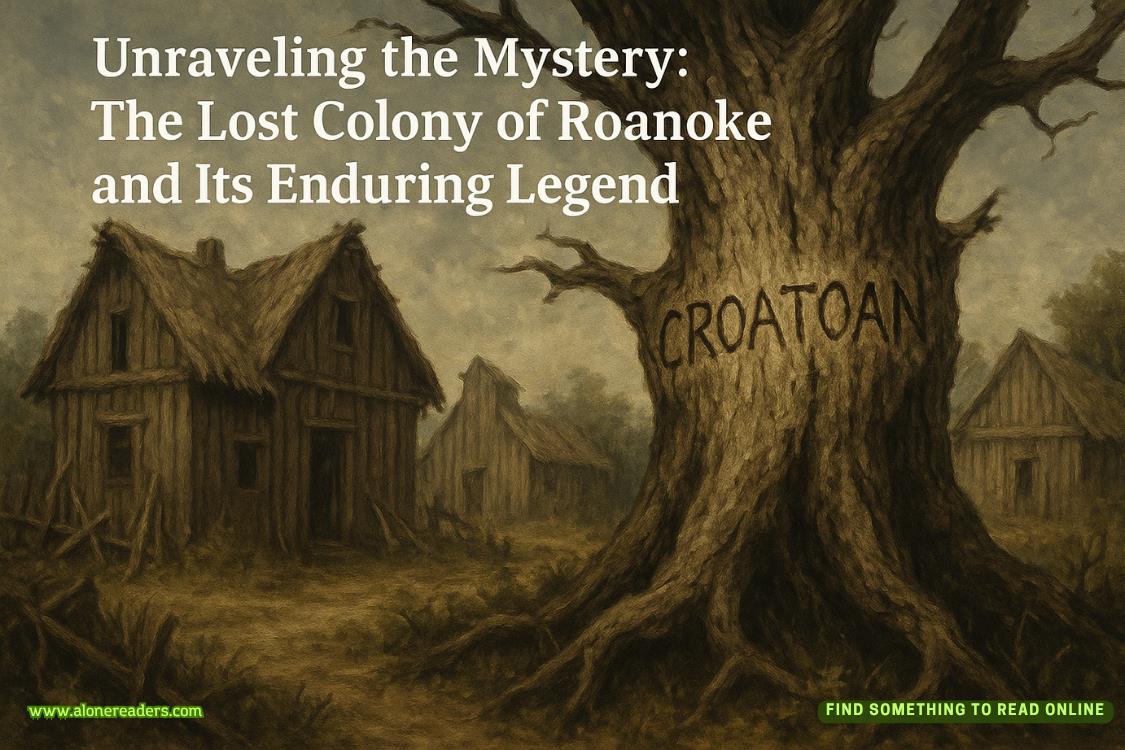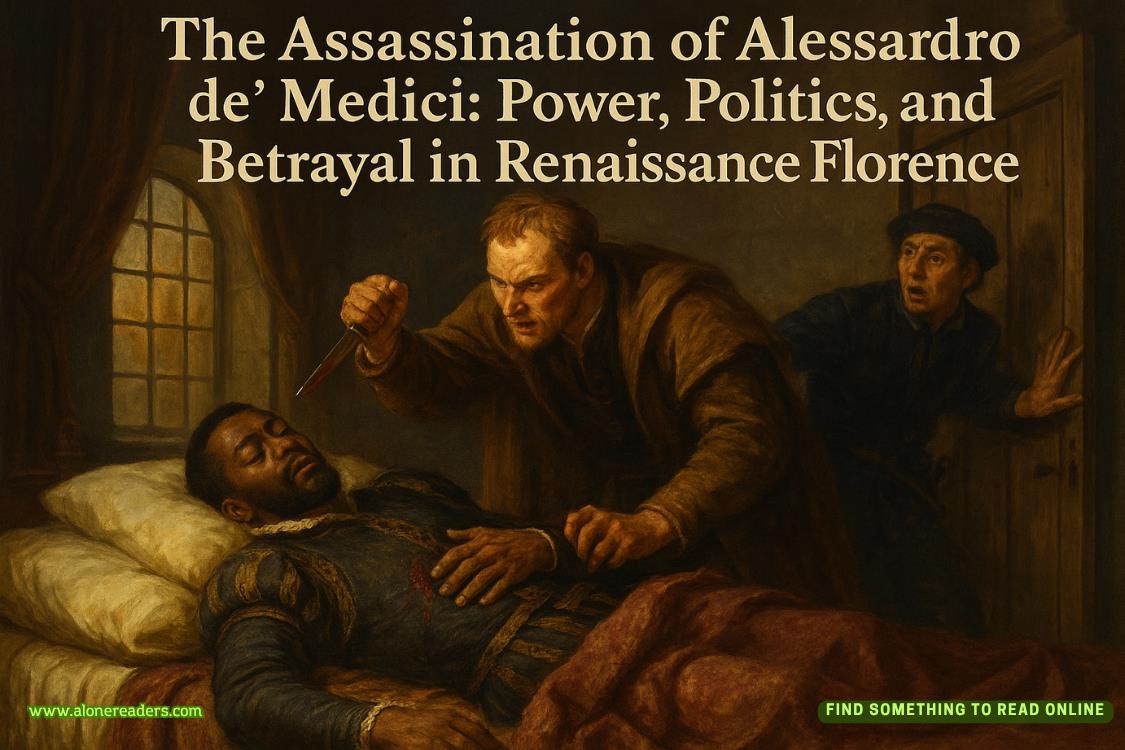Page 47 of Broken Secrets
The serious tone of his warning cuts through the earlier joking, and I see students straightening up, paying closer attention.
“All right, time to get you equipped. Everyone grab a mask, fins, and snorkel from the gear room. Make sure everything fits properly; uncomfortable gear makes for a miserable experience, and miserable experiences make for terrible field notes.”
The gear room resembles a sporting goods store explosion, with masks and fins in various sizes hanging from pegs along the walls. Derek and I work together to find equipment that fits, him testing different fin sizes while I struggle with mask adjustments.
“Too tight and you’ll get marks on your face that last for hours,” he says, noticing my struggle. “Too loose and it leaks. Here, let me help.”
His fingers are gentle as he adjusts the mask strap, his face close enough that I can see the flecks of gold in his brown eyes. For a moment, I’m transported back to this morning’s kiss behind the cargo containers, and I feel my cheeks warm.
“Better?” he asks.
I test the mask by pressing it against my face and inhaling through my nose. It creates a seal without feeling like it’s cutting off circulation. “Perfect.”
“All right, everyone suited up?” Dr. Cole calls from the doorway. “Time for your first official marine biology field work. We’re heading down to the tide pools to see what the low tide has revealed.”
The trail to the tide pools winds down the hillside through coastal sage scrub, with occasional patches of prickly pear cactus and the distinctive silver-green leaves of California sagebrush. The late afternoon sun slants across the landscape, and the air smells like herbs and ocean spray.
“The intertidal zone is one of the most challenging environments on Earth,” Dr. Cole explains as we hike. “Organisms here have to survive both underwater and out of it, dealing with pounding waves, temperature changes, and predators from both land and sea. It’s like living in two different worlds at the same time.”
The observation feels uncomfortably relevant to my own life, but I push the thought aside and focus on the path ahead.
The tide pools spread across a rocky shelf at the base of the cliffs, revealed by the receding ocean. Water fills natural basins in the rock, creating miniature aquariums populated by creatures that seem alien and beautiful in equal measure.
“Rule number one,” Dr. Cole announces as we gather at the edge of the pools. “Look with your eyes, not with your hands. These animals have survived millions of years of evolution, but they can’t survive being handled by curious teenagers. If you need to move something to see it better, use a gentle touch with one finger.”
He demonstrates by pointing out a sea anemone the size of a quarter, its tentacles waving gently in the current. “Anthopleura elegantissima, the aggregating anemone. They clone themselves and form colonies with their genetic twins. It’s like a naturally occurring boy band, but with stinging cells.”
A few students groan at the joke, but everyone crowds closer to look at the anemone colony.
“Your job is to observe, identify, and record. Work with your buddy to document what you find, where you find it, and any interesting behaviors you observe. Think like scientists—whatquestions would you ask about these organisms if this was your job?”
Derek and I claim a tide pool near the outer edge of the shelf, where the waves still splash occasionally, sending spray across the rocks. The pool is about the size of a bathtub, but it contains an entire ecosystem in miniature.
“Look at this,” Derek says, pointing to what appears to be an orange rock. “Is that alive?”
I consult the laminated identification chart we were given. “I think it’s a sea star. Pisaster ochraceus, the purple sea star. Though this one looks more orange than purple.”
“They come in different colors,” Derek reads from the chart. “Orange, purple, brown, even yellow sometimes. They’re a keystone species; they control mussel populations by eating them.”
I sketch the sea star in my field notebook, trying to capture the texture of its rough skin and the way its five arms radiate from the central disc. It’s harder than I expected to draw something so three-dimensional, but there’s something satisfying about the process of really looking, really seeing the details.
“Movement at two o’clock,” Derek says quietly.
I follow his gaze to see a hermit crab scuttling across the sandy bottom of the pool, dragging its borrowed shell home. The crab pauses occasionally, waving its claws at us as if warning us to keep our distance.
“Pagurus samuelis,” I identify from the chart. “Blueband hermit crab. Look at those blue bands on its legs.”
“Why do they use shells instead of growing their own?”
“Says here their abdomen is soft and vulnerable, so they protect it by living in empty snail shells. When they outgrow one shell, they have to find a bigger one.”
“That seems stressful. Like constantly having to move apartments.”
I laugh, imagining the hermit crab real estate market. “At least they don’t have to pay security deposits.”
We work our way around the pool, identifying mussels clustered on the rocks, tiny shore crabs hiding in the crevices, and delicate sea lettuce swaying in the current. Each discovery feels like a small treasure, and I find myself completely absorbed in the process of observation and identification.
“Time check!” Dr. Cole calls from across the tide pools. “Fifteen more minutes, then we head back for equipment fitting and underwater training.”















